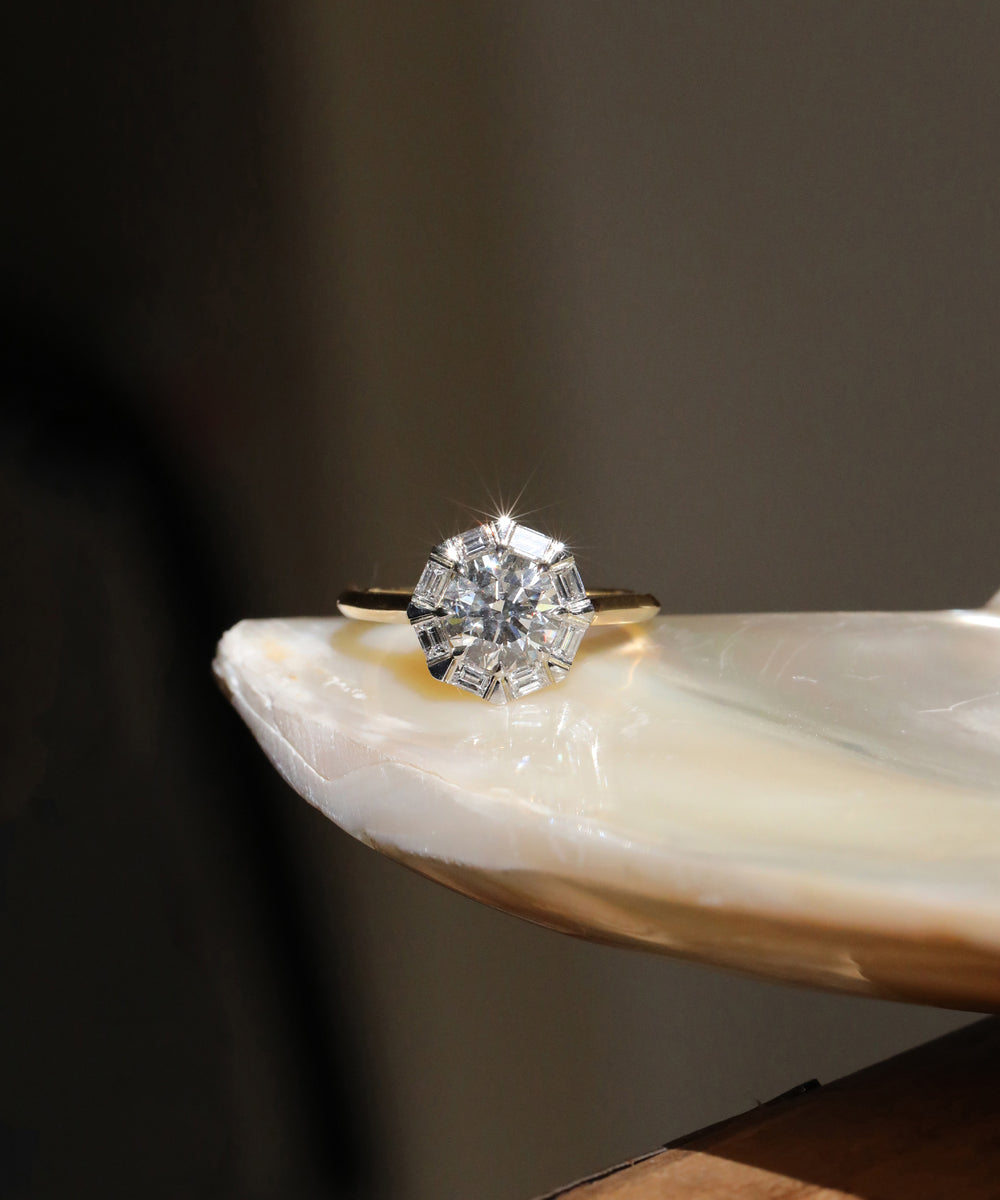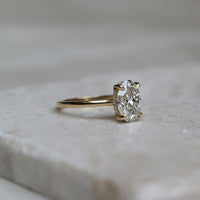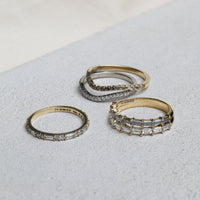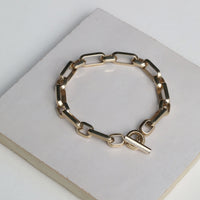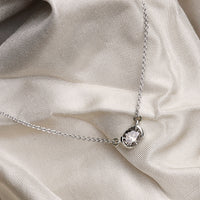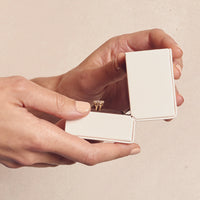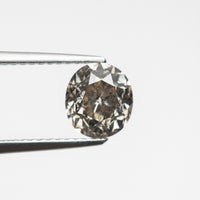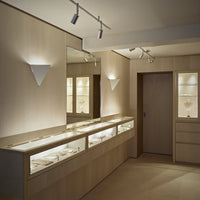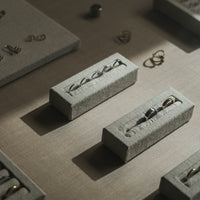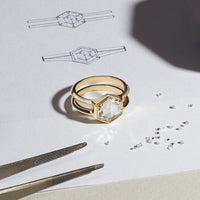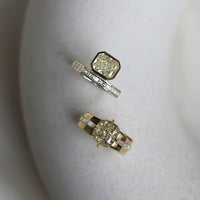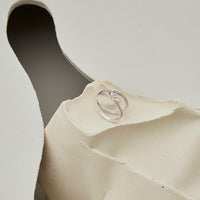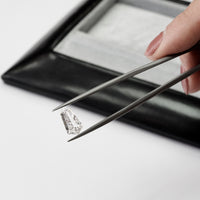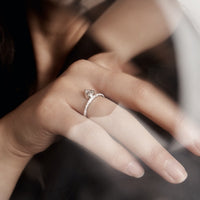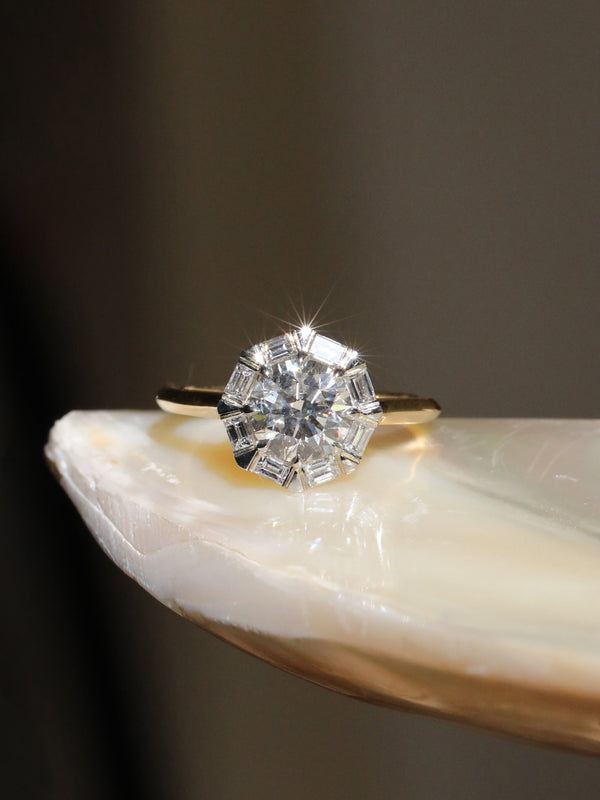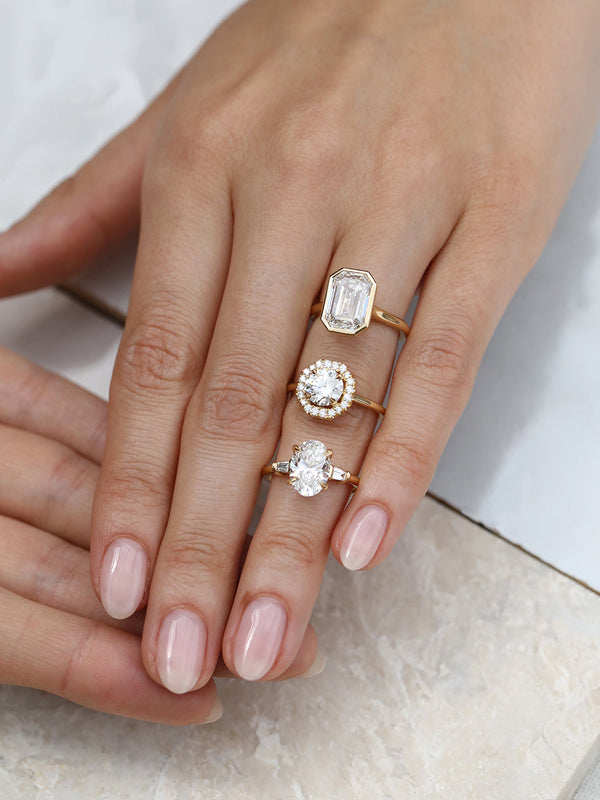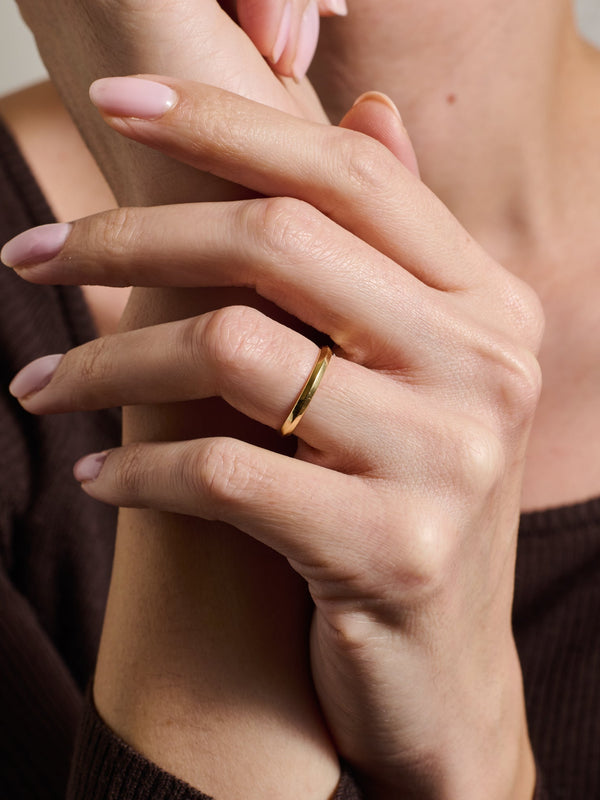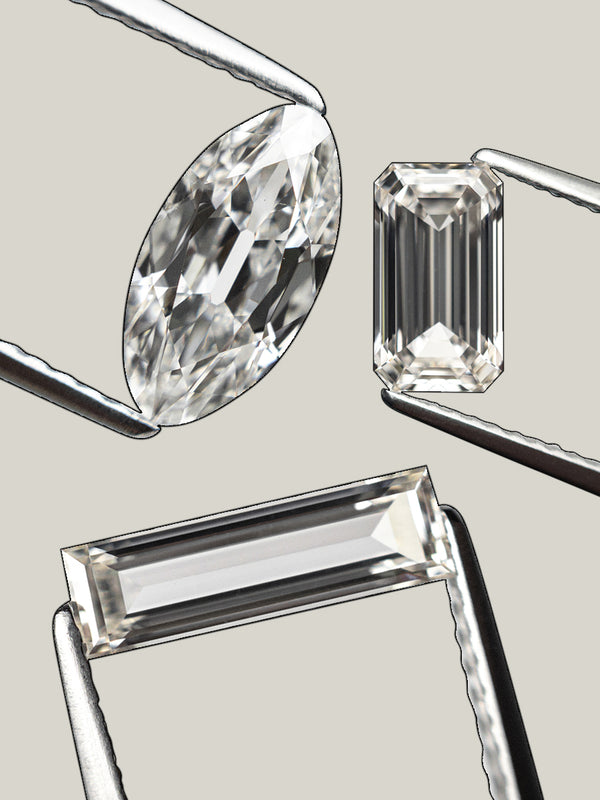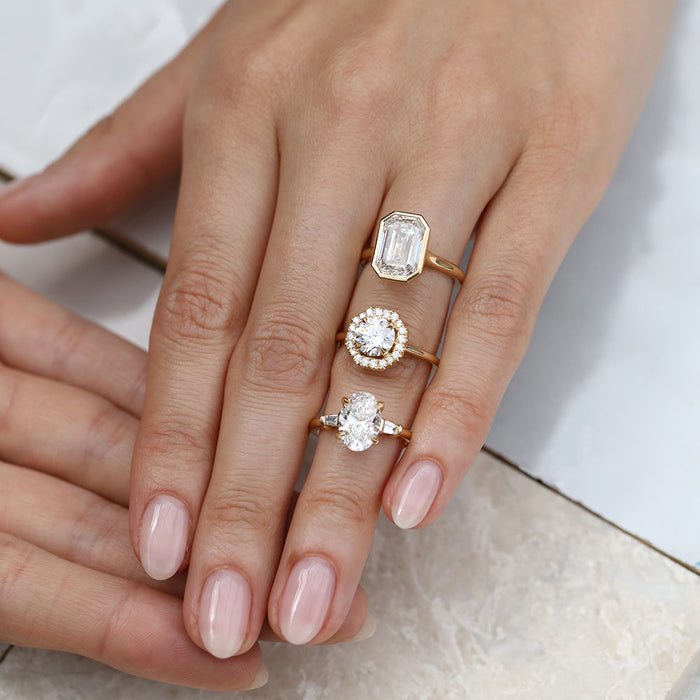
How to Design a Bespoke Engagement Ring
ReadWHERE TO BEGIN?
The process of designing a piece of jewellery that will become an important part of your story can seem incredibly daunting. Particularly when you're not the one who'll be wearing it.
We're here to break down the design process into actionable points and considerations. By the end, you should have a more manageable idea of where to start, and hopefully the confidence to begin the exciting journey to your (or your partner's) dream ring.
1. BUDGET
It’s important to speak frankly with us about what you’re looking for: what suits you or your partner’s taste, your lifestyle – and your budget.
Establishing a solid idea of budget at the beginning of the design process lets us know what we’re working with from the get-go. Having too broad of one or none at all means we often end up with clients underwhelmed with their vague options or panicked by higher costs.
Diamonds vary hugely in price but we will know the best ways to balance the 4 C’s (Cut, Colour, Clarity and Carat) to get you the best value for money. People often think that bespoke means a ring is going to be much more expensive than off the shelf, but if you have a fixed budget then it’s our job to find creative solutions within that to produce the best ring possible.
It’s always a good idea to do a little homework on the 4 Cs, as to have the best knowledge going into the technical side of your decision, so that you can focus more on the creative side of really designing your piece.
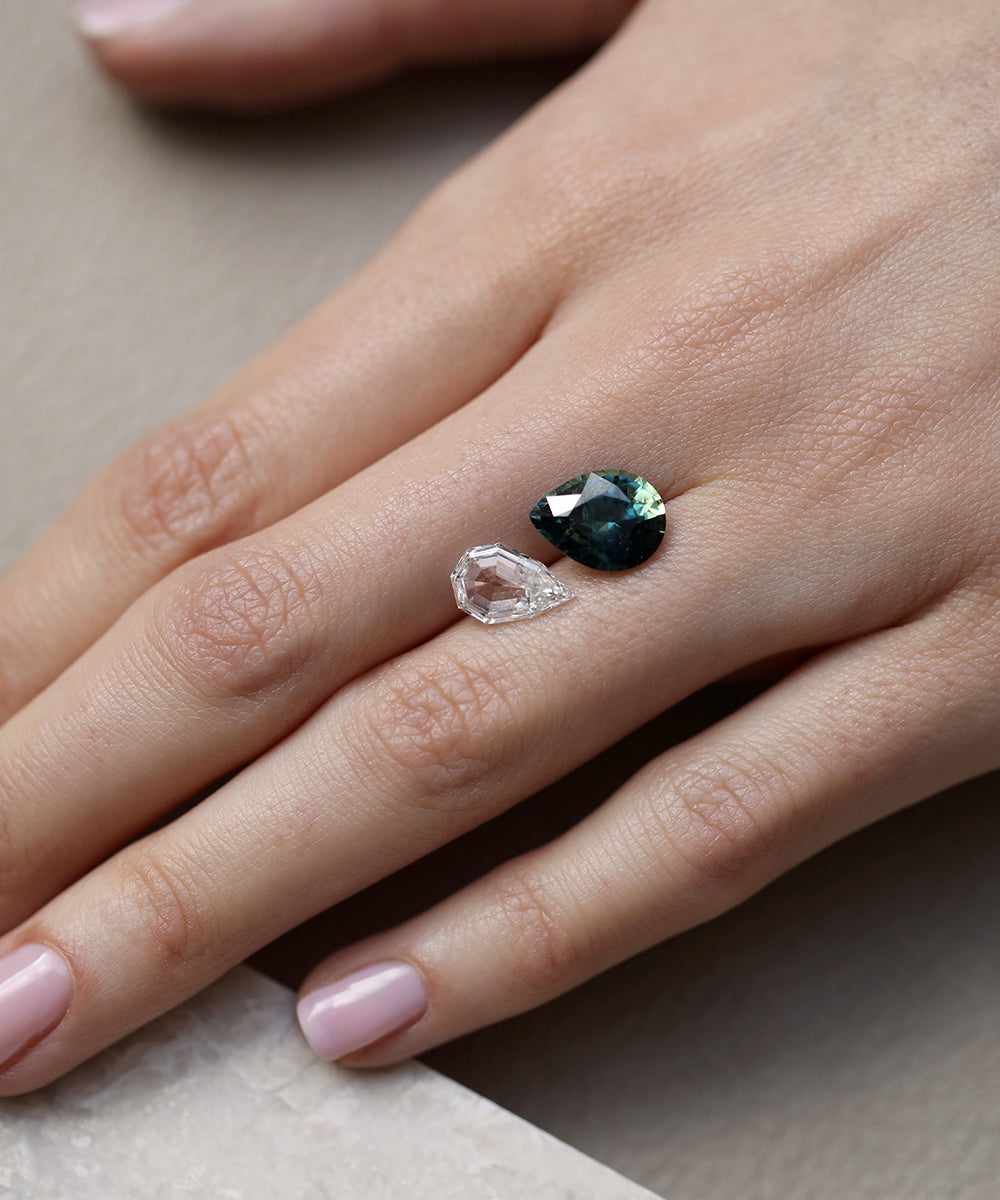
2. TIMING
Make sure you allow yourself enough time for a ring to be designed and made from scratch.
We ask for anywhere from 2–3.5 months to create your perfect engagement ring, though this can take longer depending on the complexity of the piece or the rarity of the stone.
This is something you or your partner is going to wear for the rest of their lives – you don’t want to rush it.
3. STYLE & DESIGN
Some clients will have a very clear vision of how they want their ring to look: armed with a full Pinterest board of ideas and references from first contact. Others have no idea where to start, and need guidance in deciphering a vision from the simple gut instinct of how well they know their partner. Both of these scenarios are perfectly fine starting points: it’s our job to extract the necessary information and help guide you through this unfamiliar world.
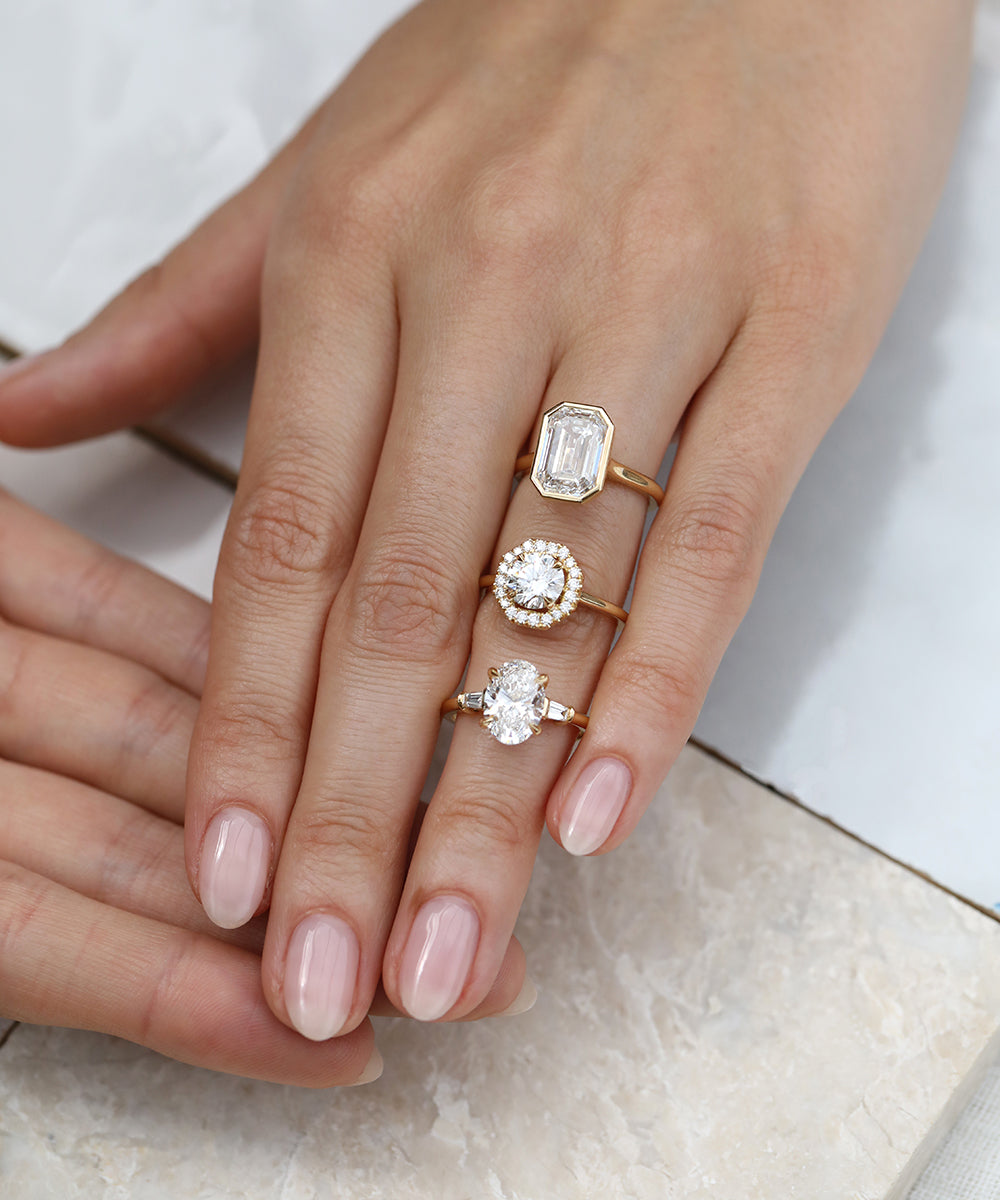
Considering the practical elements of your future ring is a great place to start:
- Does your partner live an active lifestyle?
- Do they work heavily with their hands?
This may inform, for example, avoiding high-set stones with prongs that may be more prone to catching on something.
Design-wise, what do they like? Equally as important, what do they not like? Think about their personal style:
- What existing jewellery do they own?
- Is there a coloured metal that they prefer?
- Would they want something minimal and understated, or something that’s going to draw attention?
Although the process is straightforward for some, it’s common that initial designs will need refining. It can be comforting to keep this in mind.
THE CENTRE STONE
Choosing the cut of your central stone can really dictate how the rest of your ring’s design is going to follow.
Is your partner a true Classicist? A Brilliant Round or Oval Cut will forever be timeless. Asscher and Emerald Cuts are perfect for a modern Art Deco reimagining, while Pear or Marquise Cuts can elongate the finger – and also appear bigger than their carat weight when compared to other stones.
For some, maximum sparkle is mandatory. Choosing a stone with as many facets will achieve this (see: Radiant or Round Brilliant Cuts), whereas others prefer a less dramatic glistening; often found in antique stones or modern Step Cuts (think Emerald or Asscher Cuts).
Beyond the standard cuts found across the board, modern techniques and technology have allowed for a growth in unusual cuts for those looking for something more. Think geometric and beyond: triangles, hexagons, hearts and more.
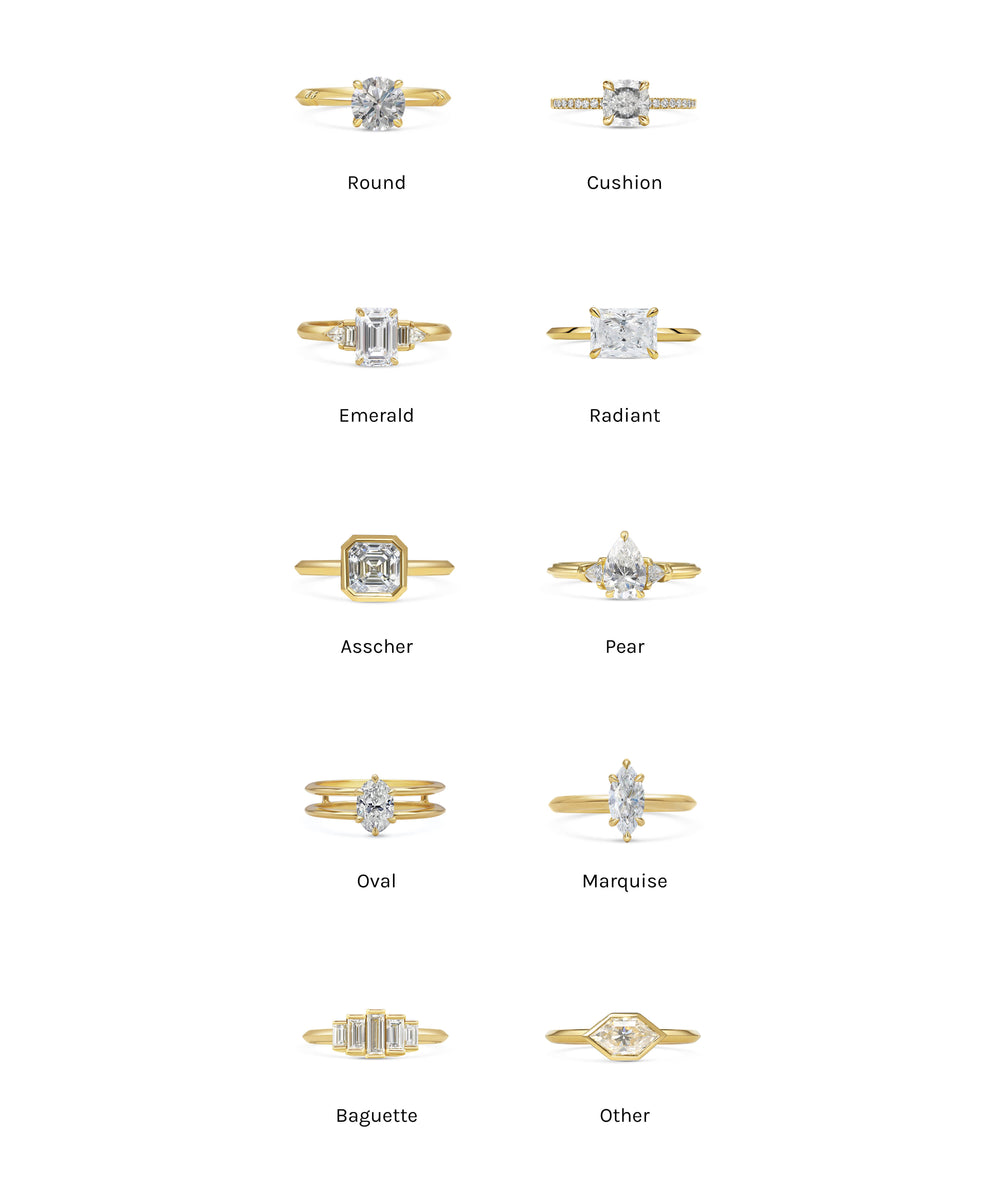
4. NAILING THE RING SIZE
For most, getting the ring size of their partner right the first time is a gamble.
If you're not feeling confident, consider confiding in their family or friends for help (so long as you can trust they'll not let anything slip).
If you'd prefer to go at it alone, we have a guide on exactly this – providing 3 solid methods for getting it right (see below).
We also offer one complimentary re-size on all rings (excluding placeholder), to ensure you peace of mind.
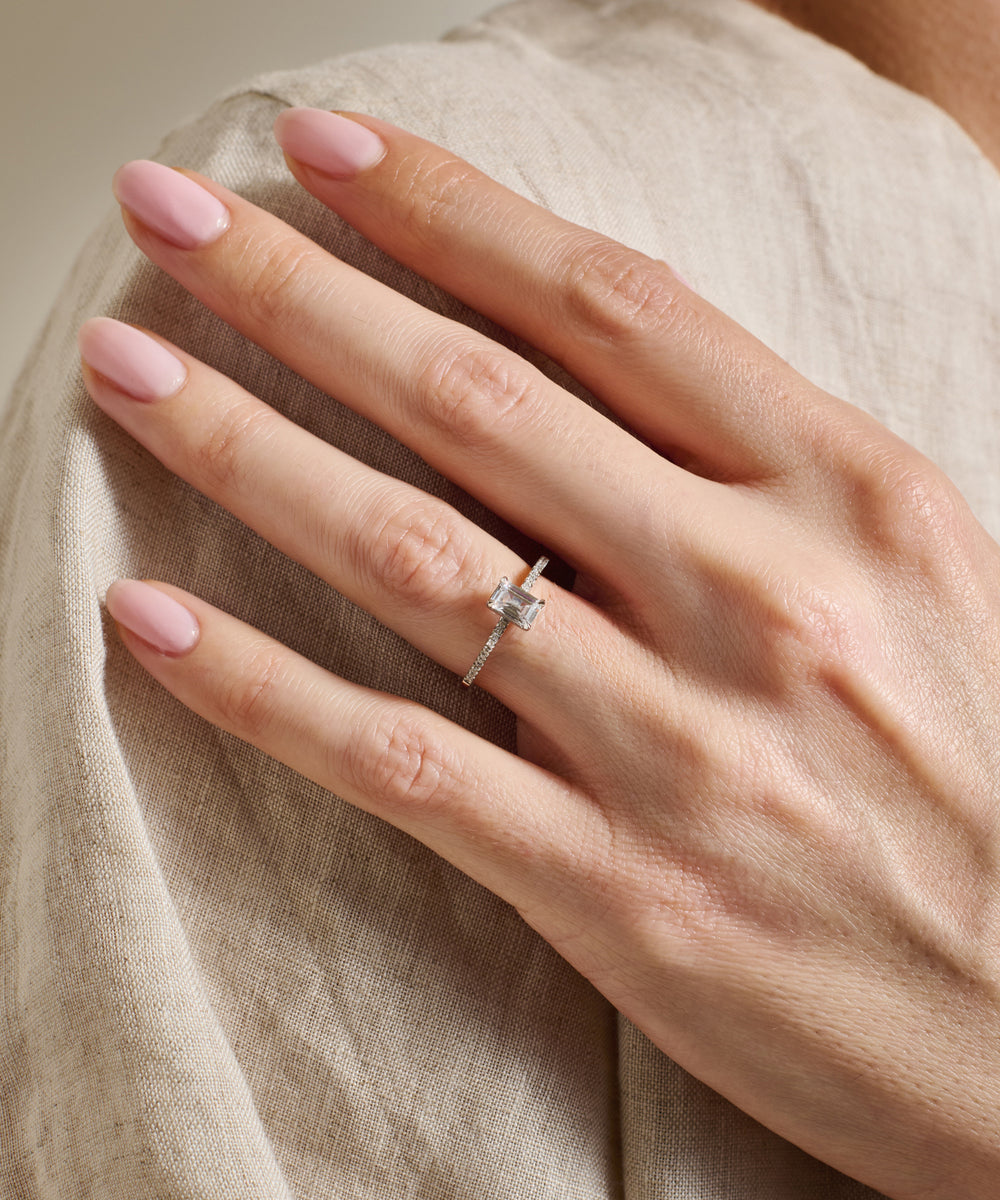
5. INSURANCE
If all goes well (congratulations!), we recommend insuring the ring as soon as possible.
Some insurance companies will let you add the ring to your home insurance, but there are also companies that offer specific stand-alone engagement ring cover in cases of theft, loss or damage. We usually recommend TH March.
To do this, you'll need a valuation report from us to confirm the full value of your piece. To receive this, please get in touch below.
